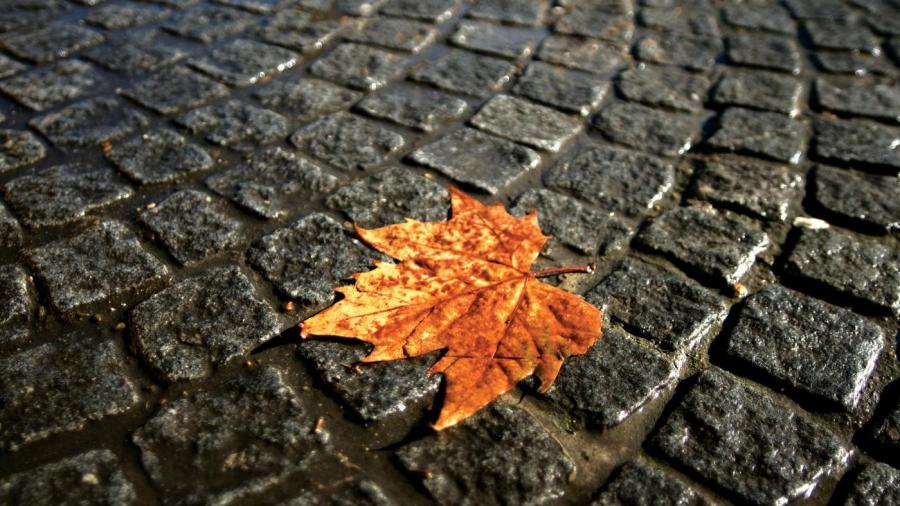What Is the Theme of “The Last Leaf” by O. Henry?

O. Henry’s short story, “The Last Leaf,” touches on themes of treasuring life and feelings of hope and faith. The story focuses on how people perceive mortality and even brings up larger themes on the existence of God and the meaning of human fate.
The story describes two bohemian women, Sudie and Johnsy, who live in New York City’s Greenwich Village in sordid squalor. Johnsy falls ill with pneumonia and starts dying, but still has a chance of recovering. Because the story carries a starkly melancholic and picturesque tone, the plot communicates the deep themes very well, which permeate throughout the story as Johnsy tries to convince herself that she will die and Sue struggles to hold onto the hope that Johnsy will be cured.
There are other themes present in the story. Pessimism is another theme very present because while Sue tries to have faith that Johnsy will regain her health, Johnsy is pessimistic about her destiny, believing from the very beginning that she will die when the last leaf falls from a tree she sees in her window. Self-sacrifice is another theme present in the story, where the two women’s friend, Behrmen sacrifices his life to save Johnsy. He stays up during the cold night painting a picture of the leaf on the window to trick Johnsy. Because of this, Behrman catches pneumonia, himself, and dies. Friendship is another theme in the story, as Johnsy and Sudie share a strong friendship, but it is not so easily defined. Like real friendships, the two people care for each other, though they have different motives. Sudie wants Johnsy to recover but Johnsy displays a clear will to give up on her life, believing wholeheartedly that she is nearing her end, even though there is a clear chance she may survive.





